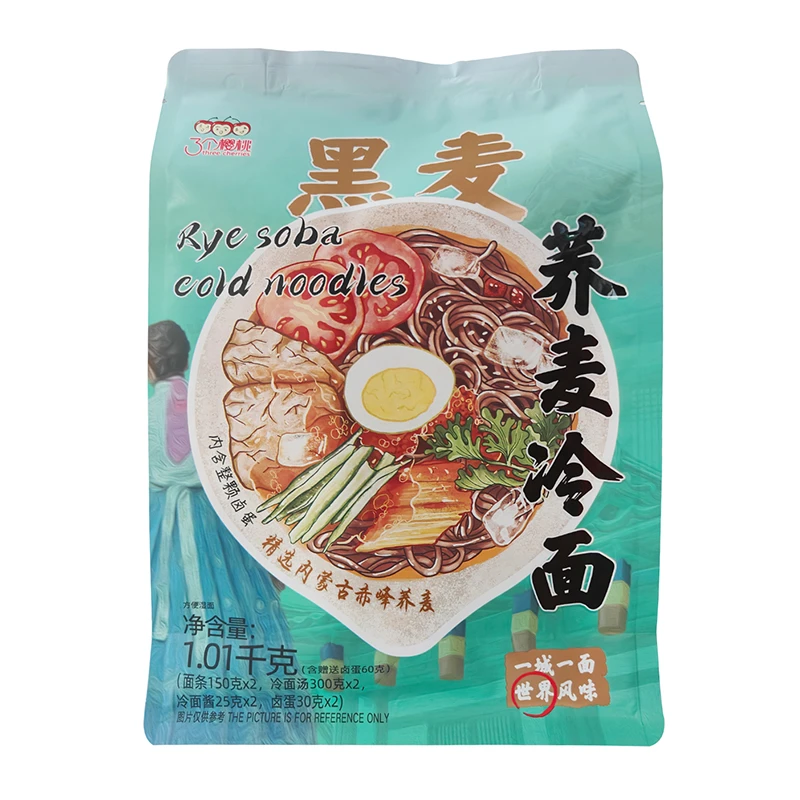Artisan Crafted Soba Noodles Made with Traditional Techniques and Fresh Ingredients
The Art of Handmade Soba A Culinary Journey
Soba, a traditional Japanese noodle made from buckwheat flour, is revered for its unique flavor and texture. While soba can be found in many restaurants and packaged varieties, handmade soba (手打ちそば, teuchi soba) represents the true essence of this culinary art. The experience of creating these delicate noodles from scratch not only offers a connection to Japanese culture but also highlights the importance of craftsmanship in cooking.
The Ingredients
At the heart of soba is buckwheat flour, which gives the noodles their characteristic nutty flavor. Unlike wheat, buckwheat is gluten-free and rich in protein, fiber, and essential nutrients, making soba a nutritious choice. While 100% buckwheat soba is known as juwari soba, many recipes blend buckwheat flour with a small amount of wheat flour to enhance elasticity and texture. The typical ratio is around 80% buckwheat to 20% wheat, although this can vary based on personal preference.
The only other ingredient you need is water, which must be of good quality to affect the final texture and flavor of the soba. The process of making soba involves precise measurements and techniques, making it both an art and a science.
The Process of Making Handmade Soba
Making handmade soba is a labor of love that requires practice and patience. The process begins with measuring the flours accurately and then mixing them in a bowl. The addition of water is a delicate step; too much will make the dough sticky, whereas too little will result in a dry mixture. The goal is to achieve a moist, cohesive dough.
Once the dough is formed, it’s kneaded rigorously for about 10 to 15 minutes until it reaches a smooth consistency. Kneading not only develops the gluten in the wheat flour but also helps to blend the buckwheat and wheat flours harmoniously. After kneading, the dough is allowed to rest for about 30 minutes, which lets the moisture distribute evenly and makes it easier to roll out.
After resting, the dough is rolled out into a thin sheet using a rolling pin or a specialized soba rolling machine. An ideal thickness is about 1 to 2 millimeters. The rolled-out dough is then folded over itself, creating layers that will help produce uniform noodles once cut.
hand made soba

To cut the soba, a sharp knife is essential. The folded dough is sliced evenly into thin strips, ideally around 2 to 3 millimeters wide. This uniformity is crucial, as it affects both the cooking time and the overall texture of the noodle.
Cooking and Serving Soba
The beauty of soba lies not just in its preparation but also in its versatility. Handmade soba can be served in various ways—hot or cold, in soups featuring rich broths, or chilled with a dipping sauce known as tsuyu. When serving cold soba, it’s common to pair it with refreshing accompaniments like sliced green onions, wasabi, and nori.
Cooking soba is a quick process. The noodles typically boil for about 3 to 5 minutes, depending on their thickness. Once cooked, they should be rinsed under cold water to halt the cooking process and remove excess starch, resulting in a clean, chewy noodle.
The Experience of Eating Handmade Soba
Savoring handmade soba is an experience unto itself. The texture, flavor, and freshness of the noodles are unparalleled. Each bite enhances the appreciation for the craftsmanship involved in their creation. Whether enjoyed cold in summer or hot in winter, soba offers comfort and nourishment, bridging the gap between tradition and modernity.
In a world dominated by mass-produced food, taking the time to create handmade soba allows one to reconnect with culinary heritage. It embodies the spirit of monozukuri, a Japanese term referring to the craftsmanship and the dedication behind handmade products.
Handmade soba is not just a meal; it is a celebration of culture, health, and the simple joys of cooking. So, next time you enjoy a bowl of soba, consider the journey of the humble noodle — from the field to your table, crafted with love and care.
-
Unleash Your Inner Chef with Delectable Italian Pasta CreationsNewsAug.01,2025
-
Savor Health and Flavor: Irresistible Soba Noodles for Sale Await!NewsAug.01,2025
-
Nourish Your Body with Premium Organic Ramen - A Culinary Delight AwaitsNewsAug.01,2025
-
Elevate Your Dishes with Our Exquisite Kinds of Egg NoodlesNewsAug.01,2025
-
Dive into Flavorful Convenience with Our Ramen OfferingsNewsAug.01,2025
-
Discover Exquisite Types of Naengmyeon and Chilled Soba NoodlesNewsAug.01,2025
-
Is Whole Wheat Pasta Healthy?NewsMay.30,2025
Browse qua the following product new the we

















































































































